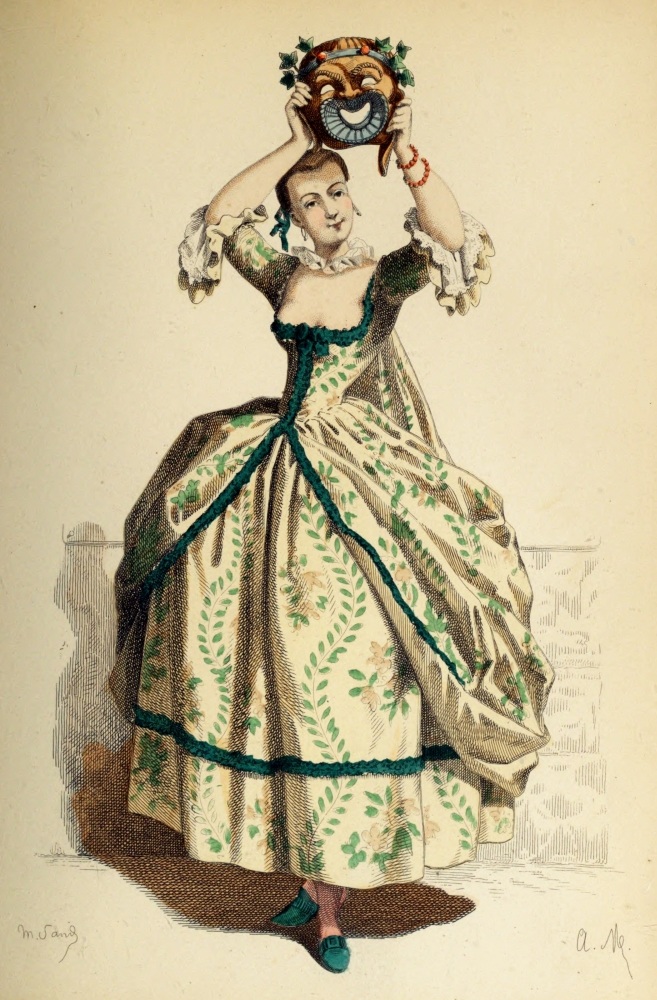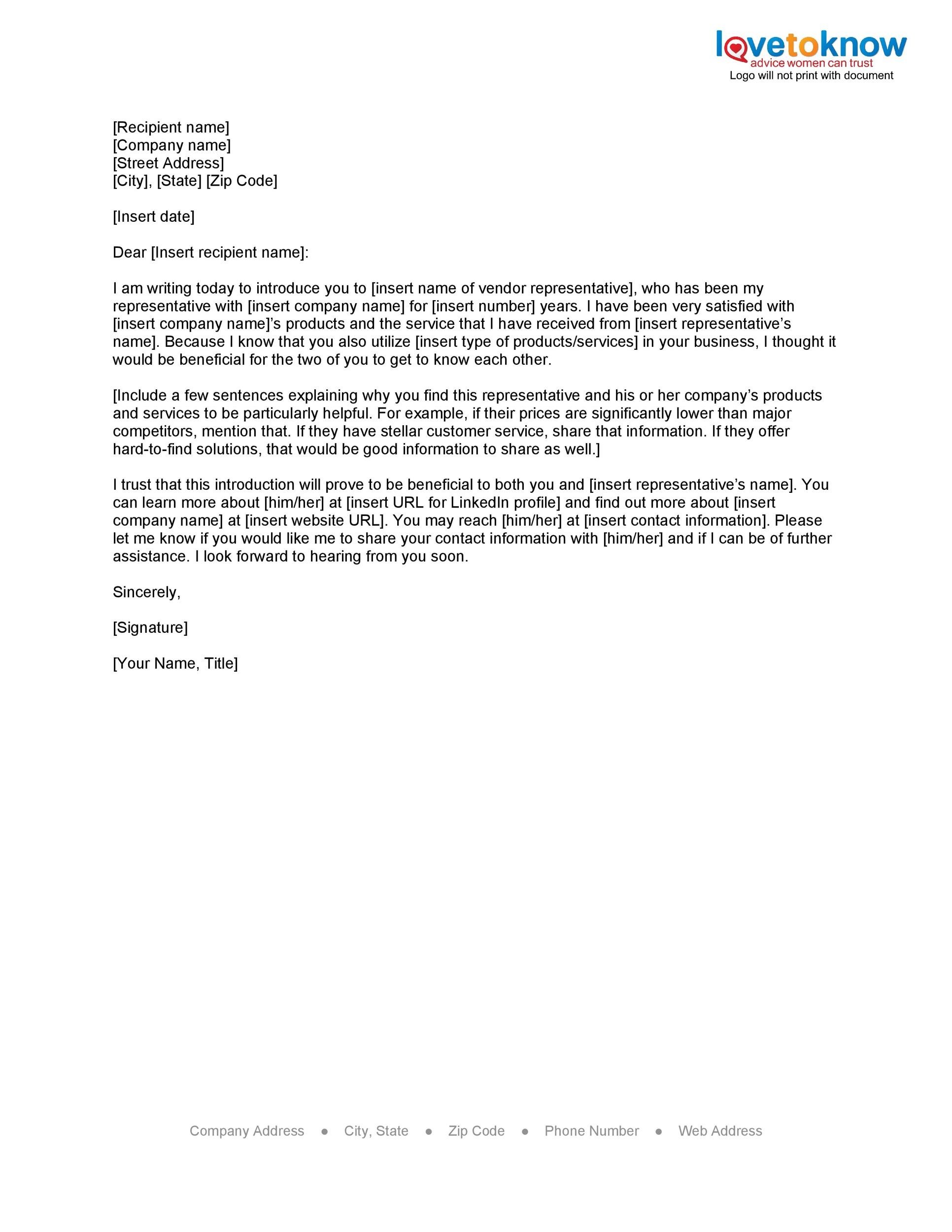Speech Disorders vs. Language Learning Disabilities in.
Fluency disorder is disruption in the flow of speech, often by repeating, prolonging or avoiding certain sounds or words. A child with this type of speech impairment may hesitate or stutter or have blocks of silence when speaking. Language-based learning disabilities (LBLD) are very different from speech impairments.What is the difference between a speech disorder and a language disorder? Children who have trouble understanding what others say (receptive language) or difficulty sharing their thoughts (expressive language) may have a language disorder. Specific language impairment (SLI) is a language disorder that delays the mastery of language skills.A language delay is a type of communication disorder. Your child may have a language delay if they don’t meet the language developmental milestones for their age. Their language abilities may be.
Language disorders can have many possible causes. Although your child's language disorder may be the primary concern, it is often secondary to a medical condition or disability. Such medical conditions or disabilities may include a brain disorder like autism, an injury, or a tumor.Language disorders can make it difficult for kids to understand what people are saying to them and to express their own thoughts and feelings through speech. They can also affect how kids learn and socialize. If you’re concerned your child has a language disorder, you’re not alone. They’re surprisingly common childhood conditions.

Classification of speech disorders In accordance with physiological considerations, disorders of communication are first classified into disorders of voice and phonic respiration, disorders of articulated speech, and disorders of language.











